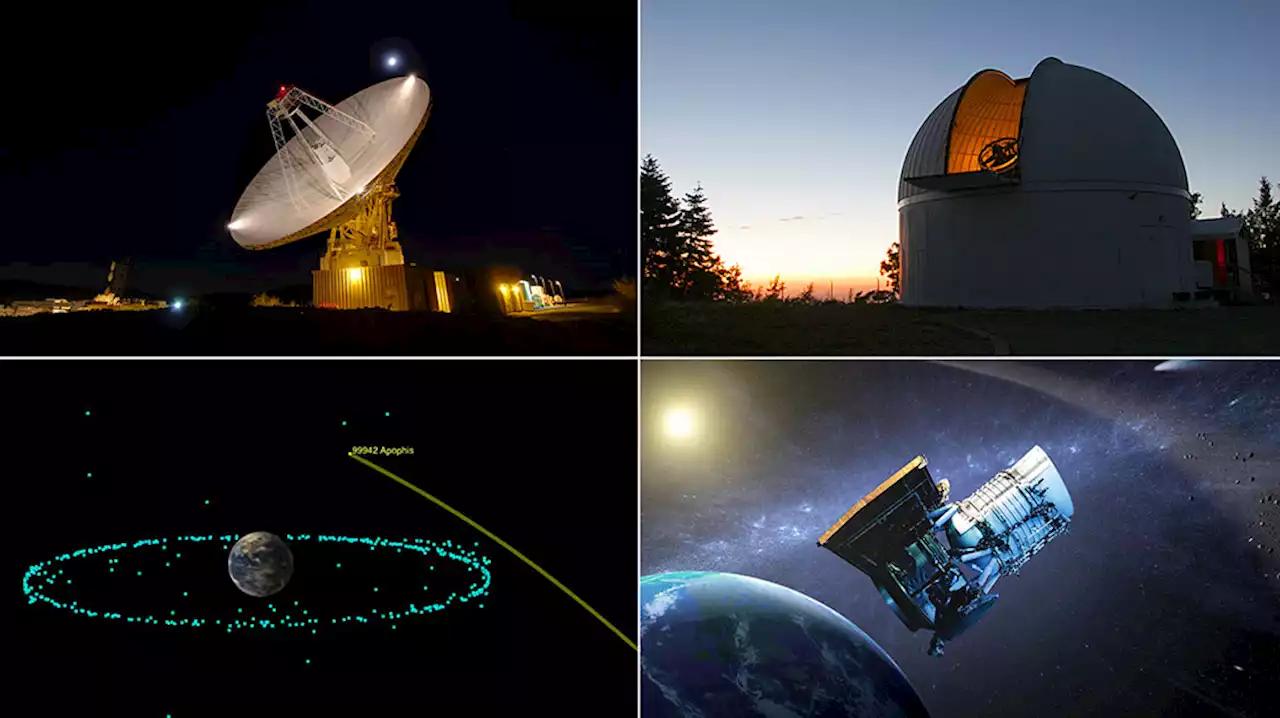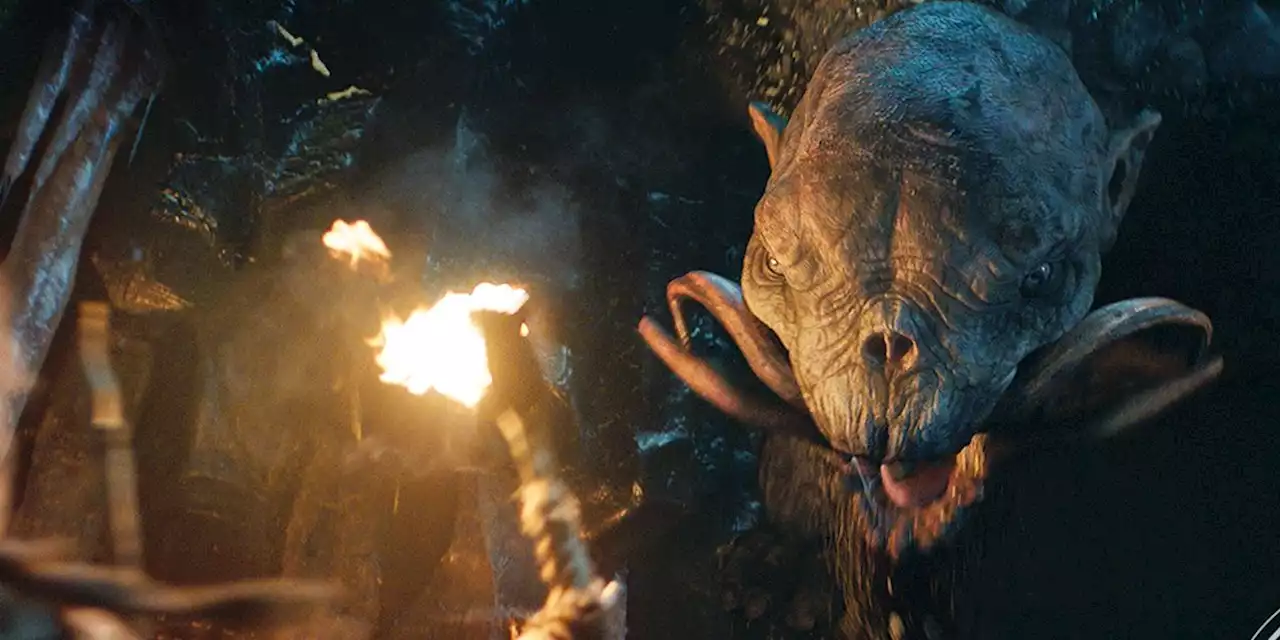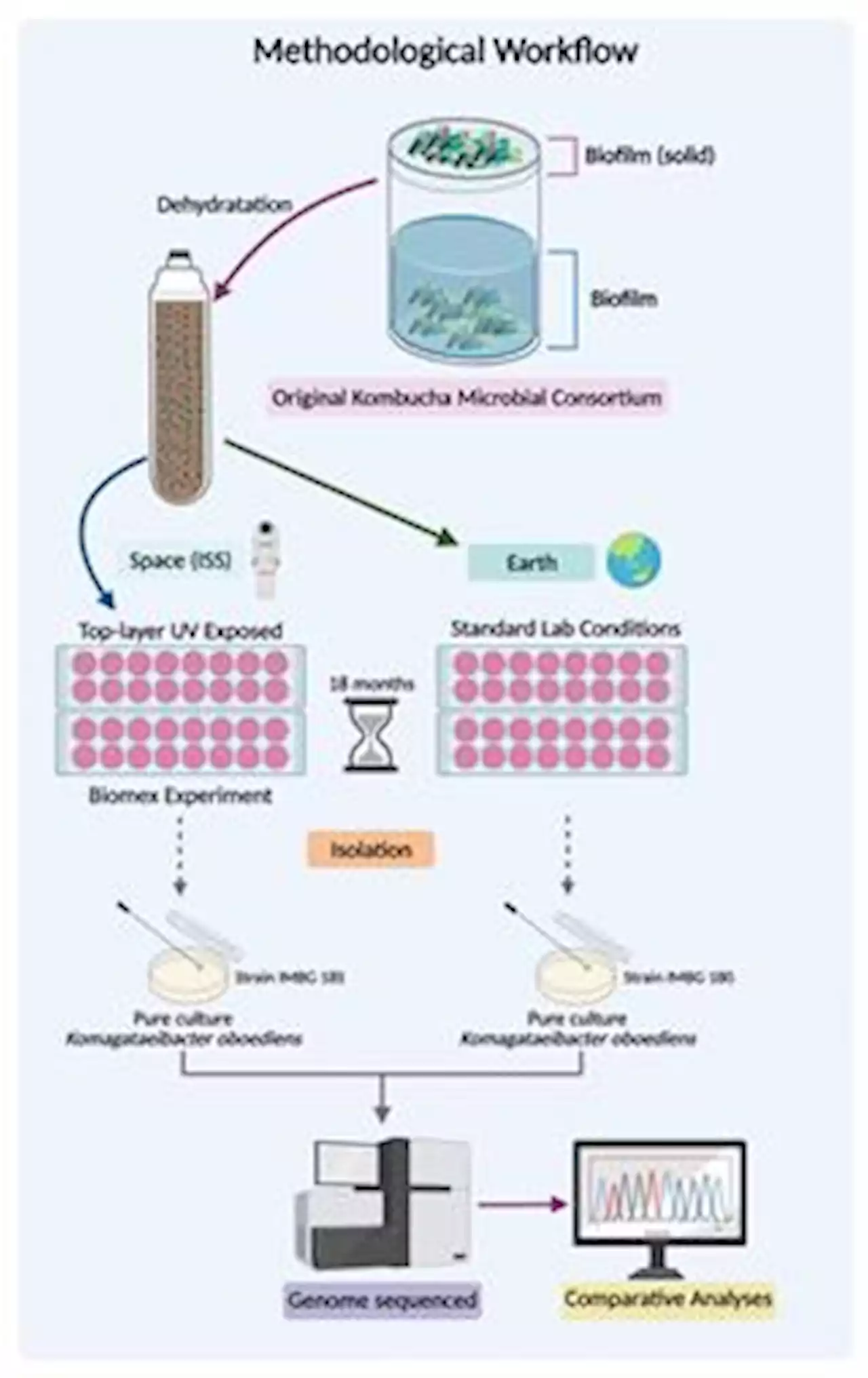A photographic odyssey 30 years in the making documents the places that best express the forces that shaped our unique planet
These photographs take us on a journey through Earth’s history. Like an open book, our planet reveals the primordial geophysical processes that culminated in“This journey through time, space, and diversity seeks to strengthen our bond with nature and inspires respect for the Earth,” says French photographer Olivier Grunewald.
Grunewald and Gilbertas have captured the essence of places that are a testament to Earth’s distant past—the ancestral pulse that kindled life. At some point, the planet formed distinct tectonic plates that moved and ground together, forcing some of the rock back into the interior. Volcanoes, most of which formed near the edges of tectonic plates, provided an ongoing outlet for the planet’s internal heat. Fortunately for us, Earth’s interior continues to generate heat from the radioactive decay of uranium and other elements left over from the formation of the planet.
The results are a seemingly endless and strikingly diverse set of phenomena: peaked mountains, vast plateaus and plains, depressions, deep ravines, fjords, ocean trenches, dunes, cliffs. The rocks and minerals forged from primordial elements have been chiseled away over billions of years. At some point organic molecules began to enrich ancient sediments, which played a key role in the rise of a new and potent force: life.
Thanks to cyanobacteria, the ancient atmosphere—formed mostly of hydrogen, nitrogen, and carbon dioxide—was transformed into an oxygen-rich environment. The oxygen reacted with sunlight to form the ozone layer, which protects Earth’s surface from ultraviolet radiation. Oxygen-consuming, or aerobic, cells became increasingly abundant, while anaerobic microorganisms that had thrived in the absence of oxygen began to diminish.
Österreich Neuesten Nachrichten, Österreich Schlagzeilen
Similar News:Sie können auch ähnliche Nachrichten wie diese lesen, die wir aus anderen Nachrichtenquellen gesammelt haben.
 Earth Matters: Rethink The Future
Earth Matters: Rethink The Future
Weiterlesen »
 Astronomers model an asteroid striking Earth using Apophis | Digital TrendsAn international team of space researchers recently came together to test what might happen if Earth were threatened by a large asteroid strike.
Astronomers model an asteroid striking Earth using Apophis | Digital TrendsAn international team of space researchers recently came together to test what might happen if Earth were threatened by a large asteroid strike.
Weiterlesen »
 LOTR: Rings of Power Image Gets Up Close With Scary Middle-earth TrollA new image from Prime Video's LordOfTheRings show RingsOfPower gets up close and personal with a terrifying snow-troll.
LOTR: Rings of Power Image Gets Up Close With Scary Middle-earth TrollA new image from Prime Video's LordOfTheRings show RingsOfPower gets up close and personal with a terrifying snow-troll.
Weiterlesen »
 Frontiers | The Space-Exposed Kombucha Microbial Community Member Komagataeibacter oboediens Showed Only Minor Changes in Its Genome After Reactivation on Earth | MicrobiologyIn our recent reports, we have shown that Komagataeibacter is the dominant taxon and cellulose producing bacteria. This is the first study to isolate the K. oboediens genome from reactivated space-exposed KMC (Kombucha Microbial Community) sample and comprehensively characterize it. The space-exposed genome was compared with the Earth-based reference genome to understand the genome stability of K. oboediens under extraterrestrial conditions. Our results suggest that the genomes of K. oboediens IMBG180 (ground sample) and K. oboediens IMBG185 (space-exposed) are remarkably similar in topology, genomic islands, transposases, prion-like proteins, and number of plasmids and CRISPR-Cas cassettes. Nonetheless, there was a difference in the length of plasmids and the location of cas genes. Small difference was observed in the number of protein coding genes. Despite these differences, they do not affect any metabolic profile including cellulose synthesis, nitrogen-fixation, hopanoid lipids biosynthesis, and stress-related pathways. Minor changes are only observed in central carbohydrate and energy metabolism pathways gene numbers or sequence completeness These findings suggest that K. oboediens maintains its genome stability and functionality in KMC exposed to the space environment. Furthermore, K. oboediens may be used to develop a safe drink for space travel with minimal microbial composition of KMC. Moreover, due to its unaffected metabolic pathways, this bacterial species may also be used for cellulose biosynthesis and nitrogen-fixation related space experiments.
Frontiers | The Space-Exposed Kombucha Microbial Community Member Komagataeibacter oboediens Showed Only Minor Changes in Its Genome After Reactivation on Earth | MicrobiologyIn our recent reports, we have shown that Komagataeibacter is the dominant taxon and cellulose producing bacteria. This is the first study to isolate the K. oboediens genome from reactivated space-exposed KMC (Kombucha Microbial Community) sample and comprehensively characterize it. The space-exposed genome was compared with the Earth-based reference genome to understand the genome stability of K. oboediens under extraterrestrial conditions. Our results suggest that the genomes of K. oboediens IMBG180 (ground sample) and K. oboediens IMBG185 (space-exposed) are remarkably similar in topology, genomic islands, transposases, prion-like proteins, and number of plasmids and CRISPR-Cas cassettes. Nonetheless, there was a difference in the length of plasmids and the location of cas genes. Small difference was observed in the number of protein coding genes. Despite these differences, they do not affect any metabolic profile including cellulose synthesis, nitrogen-fixation, hopanoid lipids biosynthesis, and stress-related pathways. Minor changes are only observed in central carbohydrate and energy metabolism pathways gene numbers or sequence completeness These findings suggest that K. oboediens maintains its genome stability and functionality in KMC exposed to the space environment. Furthermore, K. oboediens may be used to develop a safe drink for space travel with minimal microbial composition of KMC. Moreover, due to its unaffected metabolic pathways, this bacterial species may also be used for cellulose biosynthesis and nitrogen-fixation related space experiments.
Weiterlesen »
Did volcanic ‘glasses’ help spark early life?Quenched lava may have helped form long RNA strands needed by primordial organisms
Weiterlesen »
 Real Life Resurrections: Worms Frozen for 42,000 Years Come Back to LifePleistocene age worms found in Arctic permafrost are alive and eating well after being defrosted some 42,000 years later. 🧐
Real Life Resurrections: Worms Frozen for 42,000 Years Come Back to LifePleistocene age worms found in Arctic permafrost are alive and eating well after being defrosted some 42,000 years later. 🧐
Weiterlesen »
